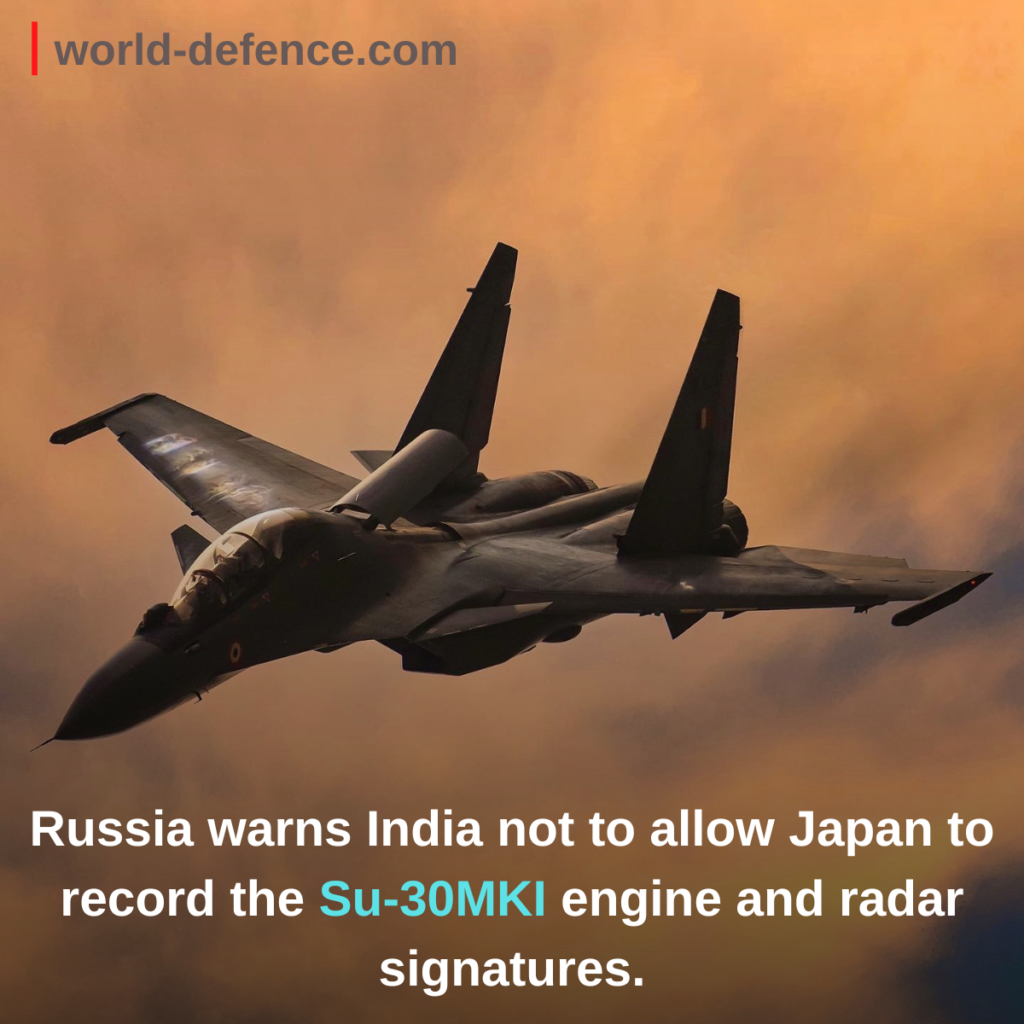Before four Indian Sukhoi-30MKI took off for the first time to visit Japan, Russia issued the mandatory warning that Russia issues whenever India deploys Su-30MKI in a foreign country that is not friendly with Russia.
In August 2008, India sent its top-of-the-line Su-30MKI fighter to Nellis Air Force Base near Las Vegas to participate in Exercise Red Flag.
The powerful Russian-made NIIP-BARS radar on the Su-30MKI was only in training mode, limiting the sensor’s range and spectrum of capabilities. Radar restrictions imposed in US prevented US snoops from “mapping” the high-tech radar.
READ MORE: Russians demand return of Liaoning – the Soviet aircraft carrier that China bought from Ukraine
Every time a Russian-made Sukhoi-30MKI is deployed in a European or Asian country, India takes precautionary measures. However, whenever bilateral exercises are planned, host countries frequently request that India send Sukhoi-30MKI jets over any other jets.
Western countries, led by the United States, have created engine signature reading technology. The technique, known as Non-Cooperative Target Recognition (NCTR), uses radar returns from an aircraft’s turbine blades to identify/classify it.
Turbine blades generate very strong and distinct radar returns. To identify/classify the aircraft, NCTR compares turbine blade signatures to a database of associated engine types. New AESA radars can even recognize aircraft variants.

